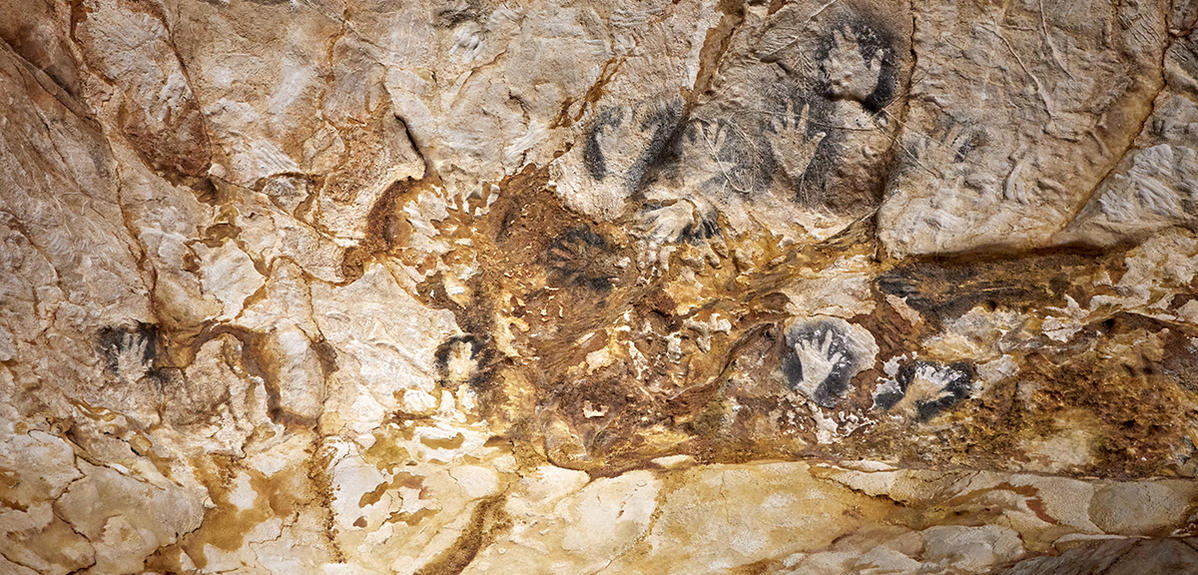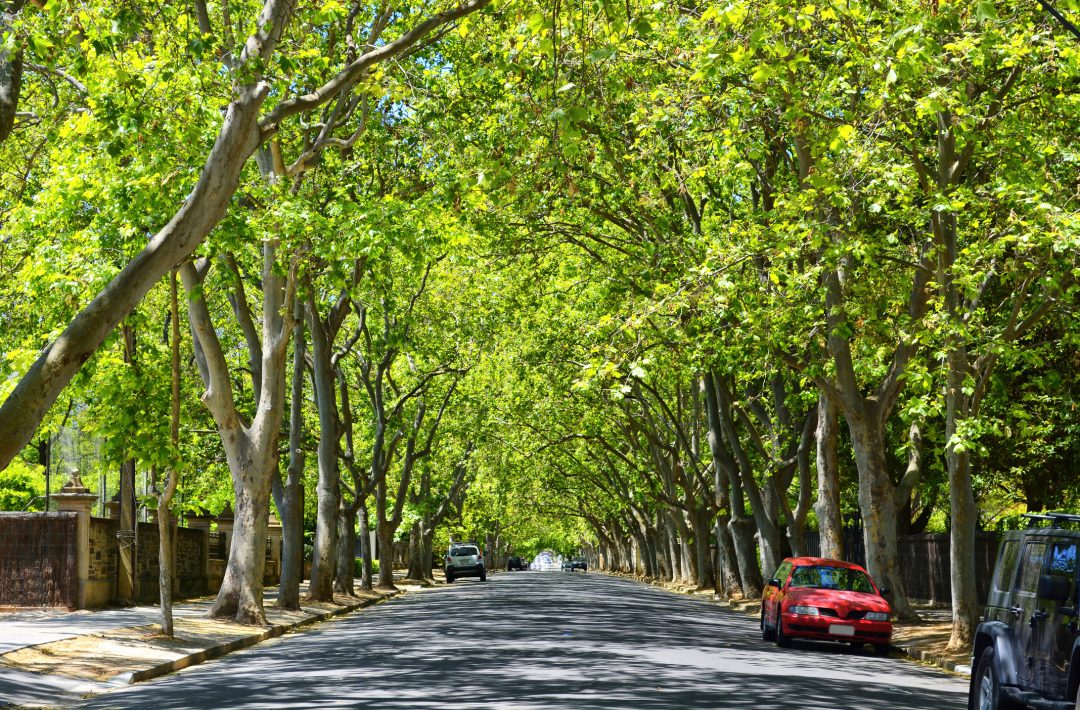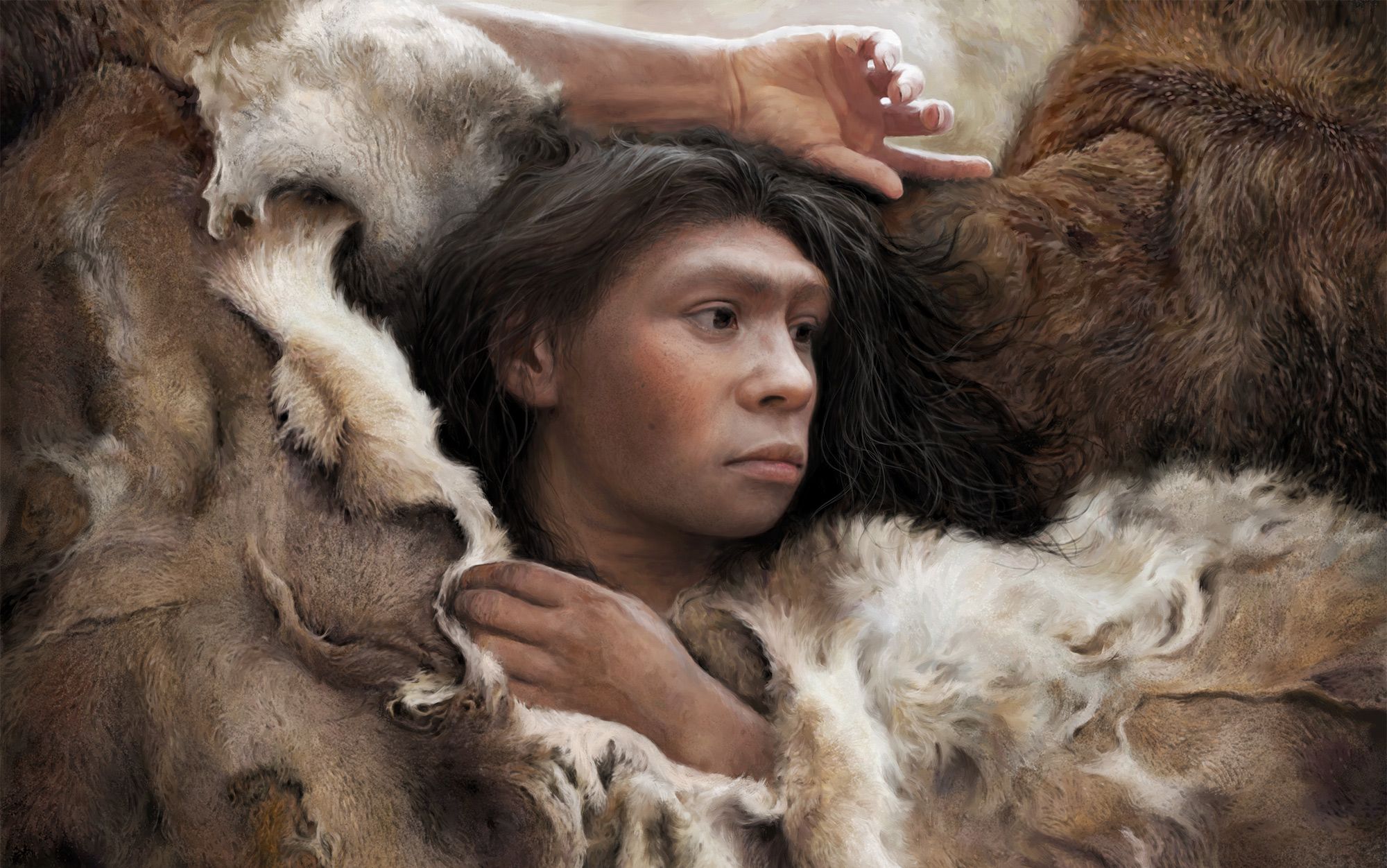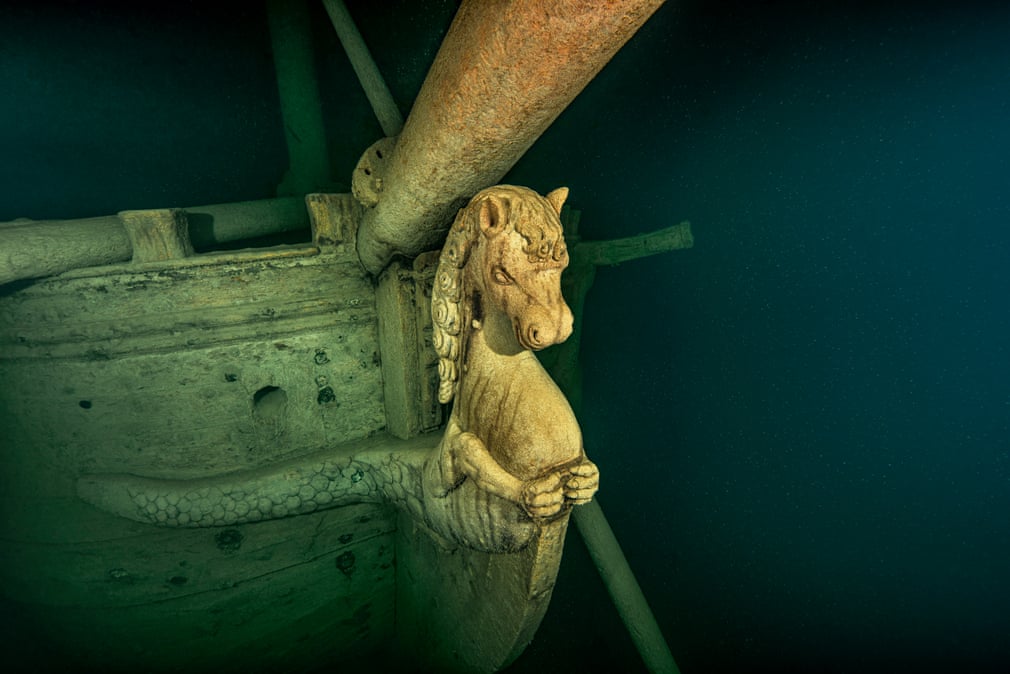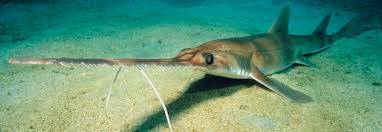Here are this month’s links to items you may have missed.
Science, Technology, Natural World
Baffled by black holes? Confused by quantum theory? You’re not alone, so here are some simple explanations of various mysteries of the universe. [LONG READ]
An ancient, giant insect has been rediscovered outside a Walmart store in Arkansas. And no, that isn’t a euphemism!
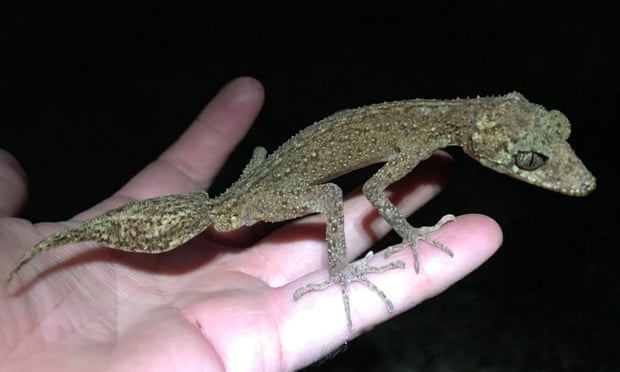
In another discovery, a new gecko species (above) has been discovered on a rugged Queensland island. And it does indeed look like a tiny, rather cute, dragon.
So just how do animals manage to follow their nose to find food or mates? [LONG READ]
We’re learning more and more about the microbes that live in and on us. Here scientists are uncovering what lives in our mouths. [LONG READ]
Meanwhile scientists are also looking at the strange microbes inhabiting an abandoned uranium mine.
And still at the microscopic level, scientists have discovered a completely new and unexpected group of aquatic and predatory microbes, which might be a whole new biological kingdom.
There are even more new discoveries: it has also been found that Japan’s most familiar wild orchid is actually two closely related species.
Health, Medicine
OK, so H5N1 bird flu which is causing the deaths of thousands of birds (especially seabirds) can jump to mammals. But how much do we need to worry about it? [LONG READ]
Here’s one for the “I never knew that” file … Lemon juice can combat kidney stones.
As those of us with depression are probably aware there has long been a debate about the involvement of serotonin as a causative agent. Here’s a layman’s summary of what we think we know about depression treatments. [LONG READ]
Sexuality
Men report reliably having far more orgasms during straight sex than do women. But we should be more open about what constitutes sex to find ways of closing the orgasm gap.
Environment
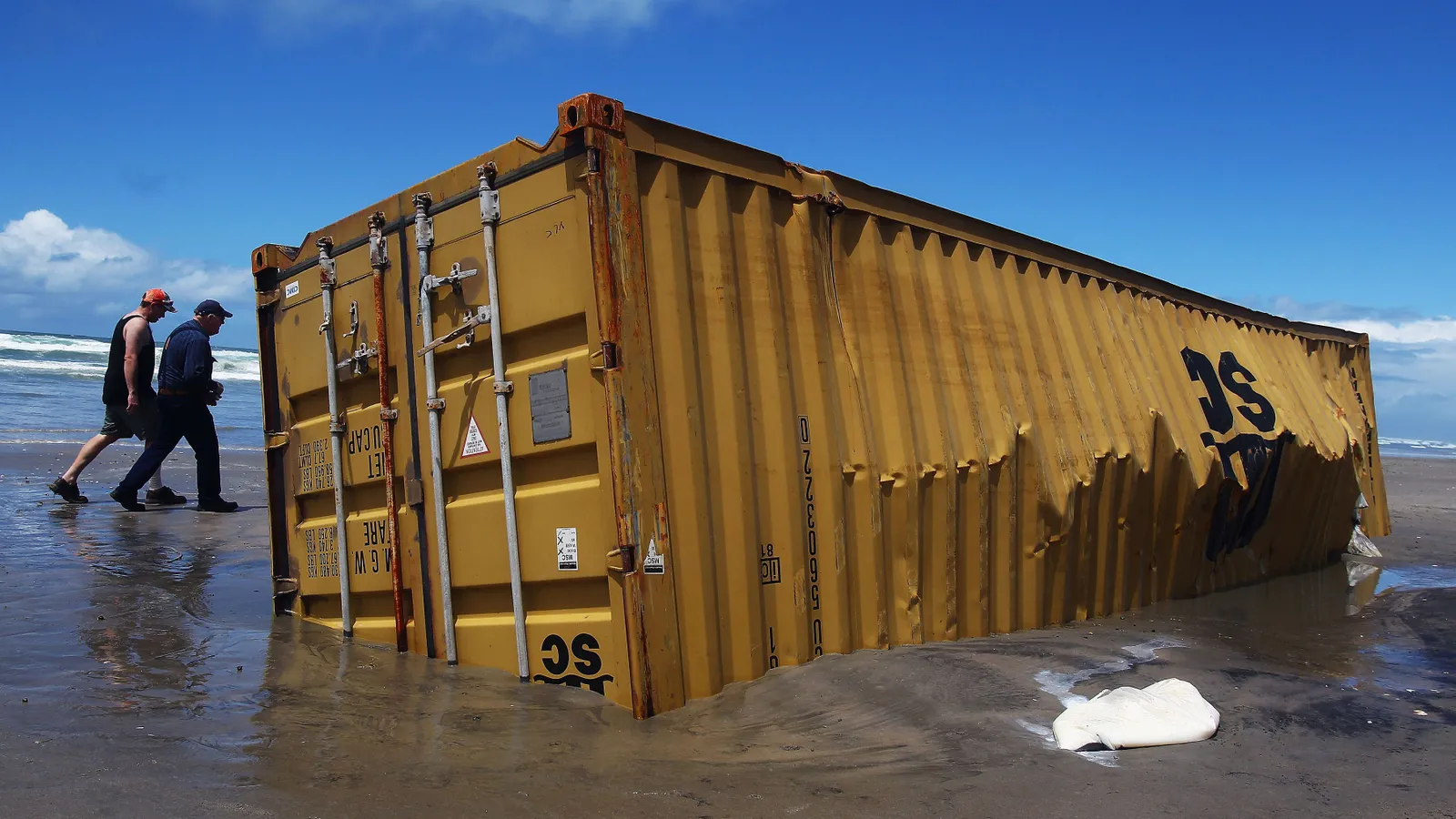
It is quite surprising what washes up on our beaches.
Art, Literature, Language, Music
A rare painting by Brueghel the Younger has been found behind a door in French house.
A Ming dynasty Buddha has been found in the sand near a north Australian beach, and it is being suggested this is evidence of Chinese visits to Australia much earlier than previously known. Hmmmm …
History, Archaeology, Anthropology
Ancient cave paintings often feature hand impressions, and many appear to have mutilated fingers. This is now being suggested as deliberate concealment of fingers as part of a Stone Age sign language. [££££]
One day we’re going to realise that ancient peoples moved around quite a lot, and European prehistory is not what we thought. [££££]
I don’t understand why it is thought “startling” that Roman gladiators fought in Britain.
A supposed Roman altar has been found at Leicester Cathedral, supporting a long-held legend.
On the other side of the world on Rapa Nui (Easter Island) an apparently unfinished Moai statue has been found in a volcanic crater.
Coming back to home, researchers have finally managed to decipher a batch of Mary Queen of Scots’ letters from her incarceration.
Come forward another 100 years or so … renovation at a flat in the centre of York had revealed unknown 17th-century friezes.
London

London has about 40 pairs of peregrine falcons who feed largely on the feral pigeons and starlings. But what happened during lockdown when the pigeons dispersed along with the humans? They upped their predation on the Ring-Neck Parakeets – but subsequently returned to dining on pigeons.
Lifestyle, Personal Development, Beliefs
Zen Master Brad Warner has offered a Buddhist perspective on transgenderism.
Teenagers are well known for being moody, but here are eight ways to nurture teenage minds.
And finally, a designer shares her love for the tiny things which enable the world.

